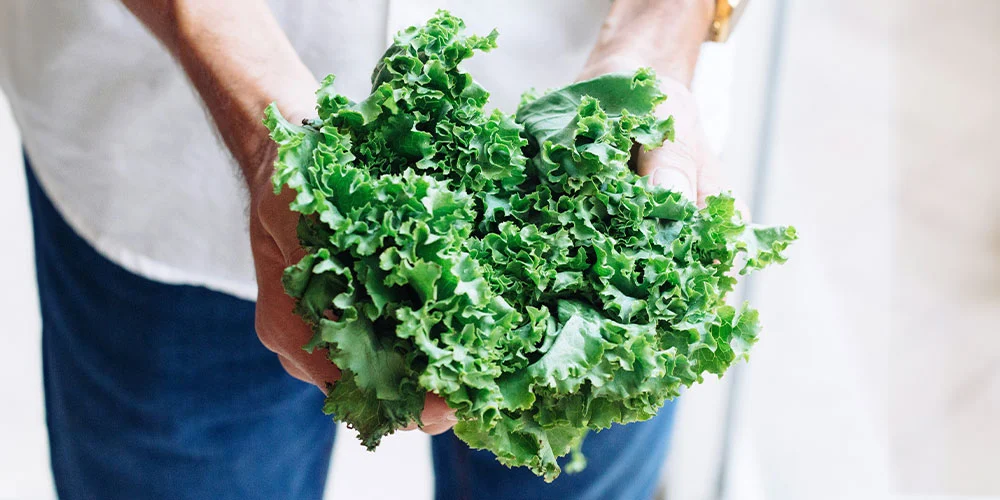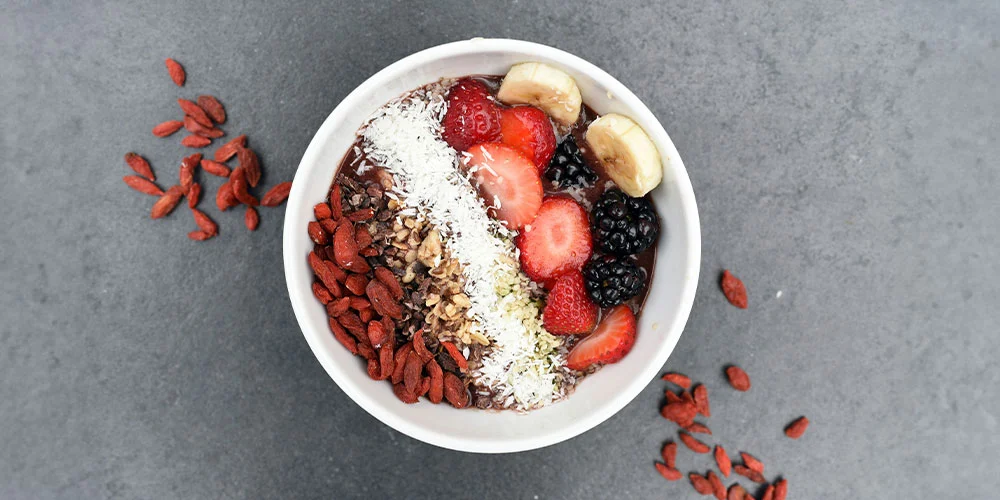One of the most effective changes you can make to your diet doesn’t involve a magic pill or a drastic lifestyle overhaul. It’s called a whole foods diet and it’s what your body has been waiting for — meals filled with foods as close to their raw state as possible, unrefined, unprocessed, and filled with naturally-occurring nutrients.
A whole foods diet largely consists of vegetables, fruits, whole grains, nuts, seeds, and lean meats and avoids processed foods that are often loaded with added sugars, preservatives and artificial flavoring. These are foods that come from the earth and not from a factory. When you consume these foods, you gain a clearer understanding of what’s going into your body and more importantly, what isn’t.
Committing to this way of eating prioritizes your well-being. It’s a straightforward concept: eat foods that retain their nutritional value and are free from additives that can be detrimental to your health. Simplifying your diet in this manner means way less ingredients listed on your food’s packaging or maybe no packaging at all!
As you lean into this diet, you’ll notice that it is more than just about what food you’re putting on your plate. It’s about adopting a mindset that values quality and wellness. With these insights, you’re crossing the threshold into a new realm of benefits that a whole foods diet offers — benefits that extend well beyond what you might see on the surface.

The Advantages of a Whole Foods Diet
Eating whole foods is a long-term investment in your health. When you opt for foods that are as close to their natural state as possible, you’re choosing to nourish every cell in your body. The nutrients whole foods possess are strongest in the food’s raw state. The more processing food undergoes, the fewer nutrients it can hold onto, so it’s best to consume whole foods as close to their natural state as you can. Let’s look at some of the greatest benefits of switching to a whole foods diet.
- Nutrient Density: Whole foods are rich in essential nutrients including vitamins, minerals, antioxidants, and fiber, promoting overall health and well-being.
- Weight Management: Whole foods tend to be lower in calories and higher in fiber, aiding in weight management and satiety.
- Heart Health: Incorporating whole foods can reduce the risk of heart disease by lowering cholesterol levels, blood pressure, and inflammation.
- Digestive Health: The fiber content in whole foods supports digestive health, promoting regularity and preventing constipation.
- Longevity: Studies suggest that adhering to a whole foods diet is associated with a reduced risk of chronic diseases and may contribute to a longer lifespan.
And it’s not just the body that reaps the rewards, mental health can also see notable improvements as many whole foods support cognitive functions and can lower the risk of depression. Complex carbohydrates in these foods stabilize our blood sugar, which in turn impacts mood and energy levels.
Integrating more whole foods into your meals is both a protective and proactive strategy for health. A natural, nutrient-dense diet works better for your body’s needs, giving it the building blocks it needs to thrive.

The Best Whole Foods to Start Eating
When it comes to incorporating whole foods, variety is crucial. A wide range of vegetables, fruits, grains, nuts and seeds, and quality proteins will make your meals filling, tasty and nutritionally balanced. And think fresh and local whenever possible. You don’t need to start grabbing the most exotic or expensive items on the shelf. Sometimes it’s the simple, accessible produce that often packs the most nutritional punch. Let’s take a look at some of the best whole food categories to get you started.
- Vegetables: Leafy greens, broccoli, carrots, bell peppers, sweet potatoes
- Fruits: Blueberries, apples, grapefruit, bananas, kiwi
- Whole Grains: Quinoa, brown rice, oats, barley, bulgur
- Legumes: Lentils, chickpeas, black beans, kidney beans, edamame
- Nuts and Seeds: Almonds, walnuts, chia seeds, flaxseeds, pumpkin seeds
- Lean Proteins: Salmon, chicken breast, tofu, tempeh, eggs
Dark leafy greens like spinach and kale are rich in vitamins and minerals and berries help rid our bodies of destructive cells with their antioxidant properties. Nuts and seeds provide healthy fats and legumes like beans and lentils, along with whole grains such as quinoa and brown rice, provide essential fiber and protein. And when it comes to proteins, don’t underestimate the power of plant-based choices. Incorporating a variety of these not only benefits your health but also supports sustainable food systems. They’re all part of a robust whole foods diet.
If you’re thinking that this might be too much to keep track of, don’t worry. A little research and practice can yield a seamlessly healthy diet rich in the whole foods your body loves. Stick around, because this conversation is about to get even more practical. In the next section, we’ll walk through some simple methods that you can use to make transitioning to whole foods a fulfilling and enjoyable experience.

How to Transition to a Whole Foods Lifestyle
Making the switch to a whole foods diet will certainly change what’s on your plate, but it will also transform your lifestyle. How you think about food (and really anything that’s in or around your body) will begin to change as you become better at discerning the health or harm that each offers. A gradual approach is key and as you adjust, you’ll notice your palate and preferences will naturally shift as well.
- Plan Ahead: Schedule time for meal planning, grocery shopping, and meal preparation to ensure you have wholesome ingredients on hand.
- Read Labels: When purchasing packaged foods, scrutinize ingredient lists and opt for products with minimal additives and preservatives.
- Replacement Principle: Gradually replace processed foods with whole food alternatives. For example, swap sugary cereal for oatmeal topped with fresh fruit.
- Start Cooking: Begin with simple recipes that require minimal ingredients. Roasting vegetables, blending smoothies, and making homemade sauces are great starting points. Apps and cookbooks dedicated to whole foods are fantastic resources to inspire and guide you.
In conclusion, transitioning to a whole foods diet offers a wide range of health benefits and can be a delicious and rewarding journey. By prioritizing nutrient-dense, minimally processed foods, you’re not only nourishing your body but also investing in your long-term well-being. So, why not embark on this wholesome adventure today? Your future self will thank you for it.
Try the easiest cookbook in the world
With only 6 or less ingredients per meal, this recipe book is a great starting point for transitioning to a whole foods diet.




Leave a Reply